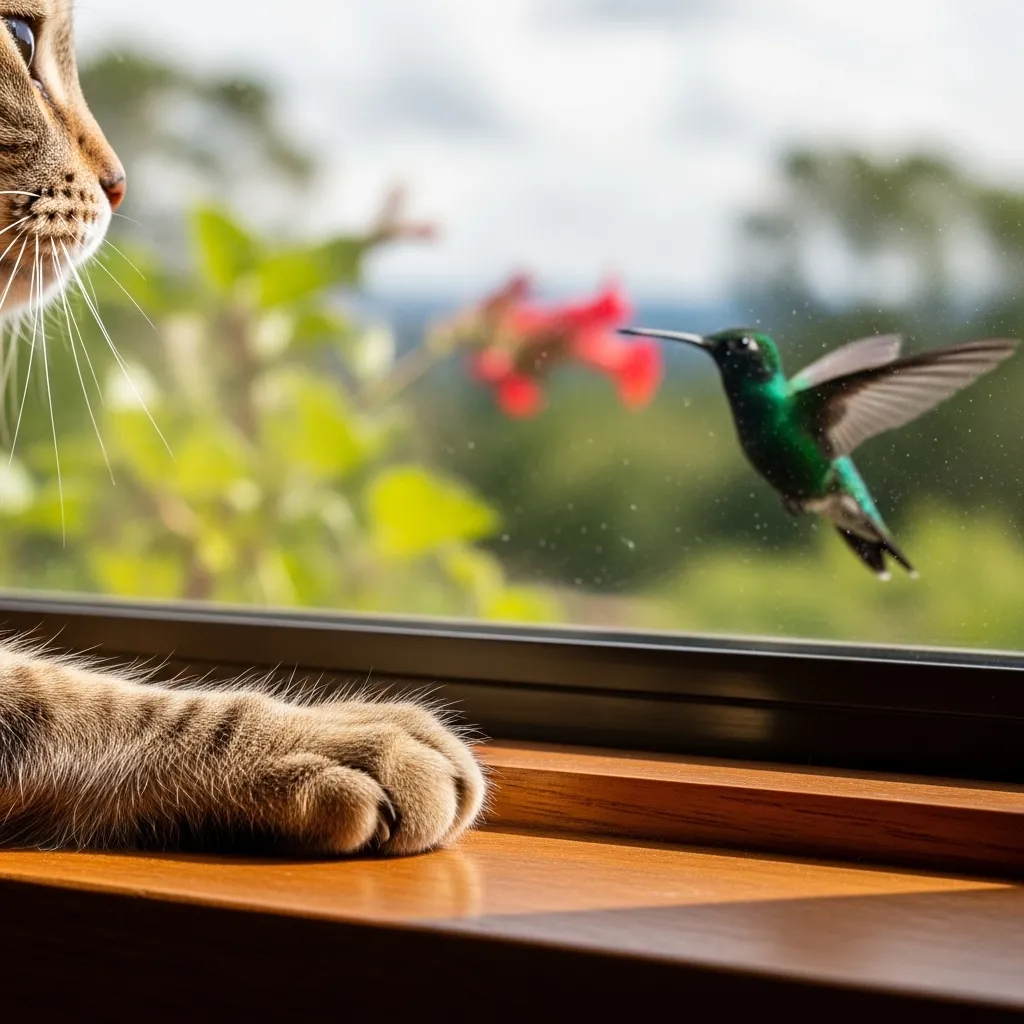Bringing your pets along when you move into a rental can be a game-changer in the best and worst ways. On one hand, having your furry friend with you makes any space feel more like home. On the other hand, it comes with its own set of challenges. Not all landlords are thrilled about animals, and not all pet owners realize how easy it is to mess things up.
So whether you’ve got a cuddly cat, a high-energy dog, or something a little more exotic, renting with pets means playing by a few extra rules. If you’re not careful, a few simple mistakes could land you in serious trouble, like fines, evictions, or losing your security deposit. Let’s break down the five biggest mistakes renters make when it comes to living with pets and how you can steer clear of them.

Mistake #1: Trying to Hide Your Pets
Let’s start with the obvious one. Hiding your pet from your landlord might seem like a clever move, especially if your pet is quiet or you think nobody will notice. But it’s actually one of the quickest ways to get into hot water. Leases are legal contracts, and if yours says that there are no pets allowed, sneaking one in is a direct violation. Even in buildings that allow pets, you usually need to register your animal to get approval first.
People often think they can get away with it by saying their pet is just “visiting” or by pretending they don’t own one. Some go so far as to falsely claim their pet is an emotional support animal. Landlords can and often ask for documentation, and faking it is not only unethical but sometimes illegal.
If your landlord finds out, and they probably will, you could be facing fines, a formal lease violation, or even an eviction notice. Not to mention, if you ever need a reference for a future place, this kind of thing doesn’t look great. The best way to avoid all this? Be upfront from the start. Ask if pets are allowed, offer a pet deposit if needed, and keep everything in writing. Honesty will take you way further than hiding your hamster in a gym bag every time maintenance comes around.
Mistake #2: Ignoring the Fine Print in Your Lease
Okay, so you’ve found a pet-friendly place. Awesome, right? Not so fast. Just because pets are allowed doesn’t mean you have free rein. Most leases that allow animals still come with a bunch of conditions: size limits, breed restrictions, the number of pets you can have, and rules about noise and damage.
A lot of renters mess up by not reading or remembering those details. You might adopt a second dog without realizing you’re only allowed to have one. Or maybe your lease allows cats, but not dogs. Some landlords also require you to renew your pet agreement every year, which people often forget to do.
Ignoring these kinds of rules can lead to surprise fees, complaints from the landlord, or worse, being asked to remove your pet. And once that happens, you’re stuck between finding your pet a new home or moving out, neither of which are good options. So, before you sign anything, take the time and really go through the lease. Know what’s allowed and what’s not. If something’s unclear, ask about it. And if you’re thinking about adding another animal to your household, always run it by the landlord first and get their ok in writing.
Mistake #3: Letting Your Pet Be a Nuisance
This one’s tough, especially for dog owners. Even if your landlord is cool with pets, your neighbors might not be. And if your pet is constantly barking, howling, scratching at the door, or doing zoomies at 2 a.m., someone’s going to complain. Probably more than once.
Bad pet behavior isn’t just annoying, it can seriously hurt your chances of staying in your rental long-term. Most leases include some kind of “quiet enjoyment” clause, which basically means everyone has a right to live in peace and silence. If your dog is barking nonstop while you’re at work or your cat is tearing up window screens, you could end up with noise complaints or repair fees. In more extreme cases, your landlord could ask you to remove the animal altogether.
To avoid this, make sure your pet is well-trained and mentally stimulated. If you’ve got a dog with separation anxiety, try crate training, puzzle toys, or even hiring a dog walker. Cats need stimulation too. Buy scratching posts, toys, and climbing furniture. And don’t wait for your landlord or neighbors to say something. If you notice a behavior issue, start working on it right away. A well-behaved pet makes your life so much easier.
Mistake #4: Skipping Renter’s Insurance With Pet Coverage
A lot of renters don’t realize how important it is to have insurance when you have a pet. Sure, you might think that your pet is sweet and well-behaved, but accidents happen. And when they do, they get expensive very fast.
Let’s say your dog gets spooked and nips a delivery driver. Or your cat slips out and scratches a neighbor’s kid. Even if it’s minor, you could be held financially responsible. If you don’t have renter’s insurance that includes pet liability, you might have to cover the medical bills and legal fees out of pocket.
Some landlords even require renter’s insurance as a condition of the lease. But here’s the thing. Not all policies automatically include pet liability, and some exclude certain breeds or exotic animals. So you need to be really clear with your insurance company about what kind of pet you have. A good policy can cost less than a dinner out each month and could save you thousands if something goes wrong.
Mistake #5: Forgetting That Pets Leave a Mess
Last but not least, there’s cleanliness. Landlords expect a certain amount of wear and tear, but pets can take that to a whole new level if you are not careful. We’re talking scratched floors, fur-covered everything, lingering odors, and chewed-up baseboards.
This kind of stuff adds up fast, and if your landlord walks into a unit that smells bad, they’re probably not going to give you that deposit back. In fact, they might charge you extra for cleaning and repairs. And if you live in an apartment complex, leaving pet waste around can lead to community fines or warnings from the property manager.
The fix? Keep things clean. Vacuum often, stay on top of litter box duty, and pick up after your pet every time you go outside. Give your place a deep clean every few months, and if you’re moving out , it might be worth hiring a professional cleaner to make sure everything looks and smells fresh. Your future self, and your landlord, will thank you.

Wrapping It Up
Renting with pets doesn’t have to be a nightmare. In fact, when done right, it can be a great experience for you, your landlord, and your furry friend. But it does take a little extra awareness and responsibility. The most common mistakes can all be avoided with a little bit of planning and honesty.
Treat your pet like part of the household, respect the rules, and stay proactive. That way, you’ll keep your place, your landlord’s trust, and your pet by your side, right where they belong.
Are you looking for some new toys for your furry friend? We recommend trying these out!
Read also: These 5 Adorable Animals Are Extremely Dangerous














